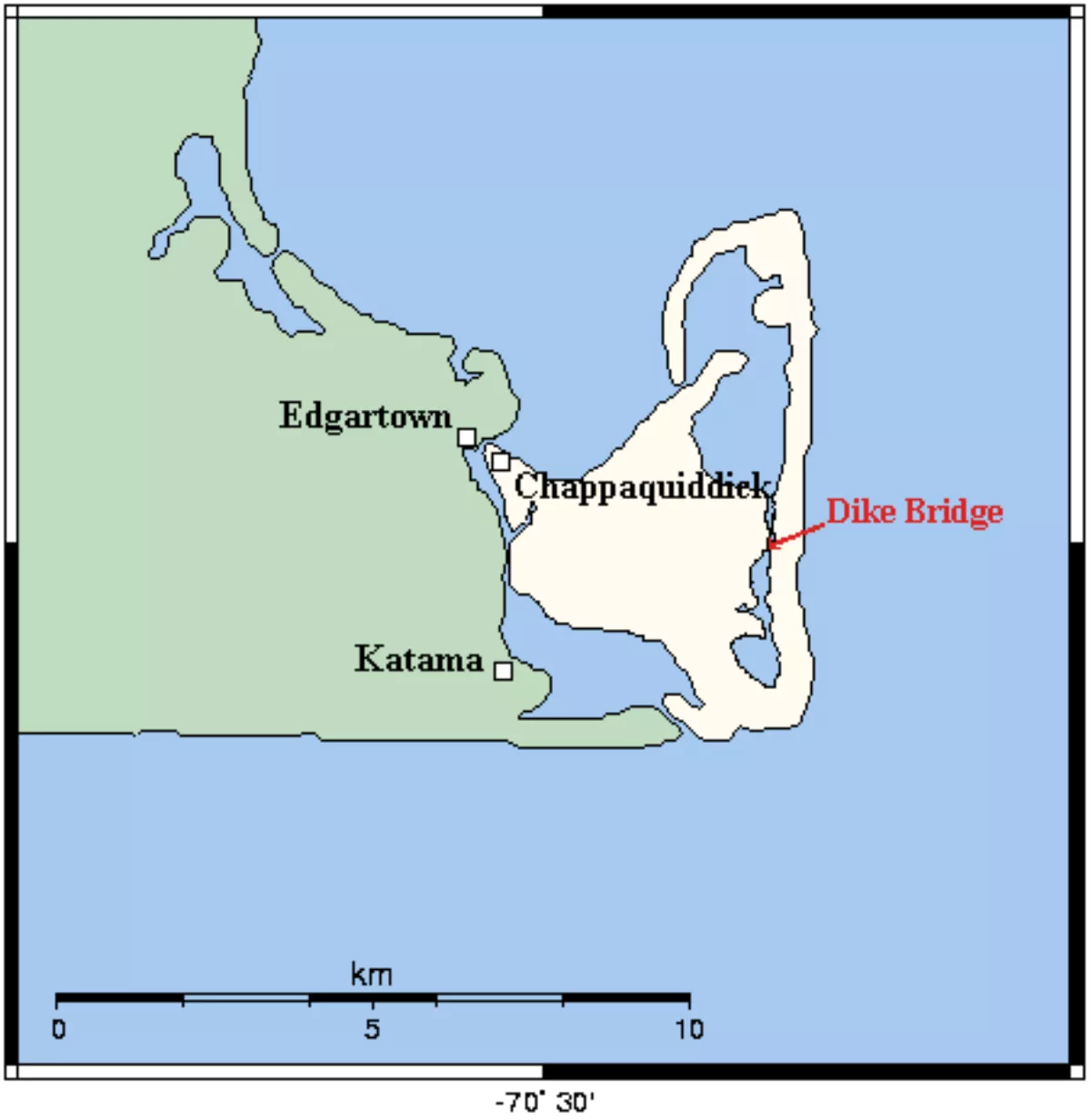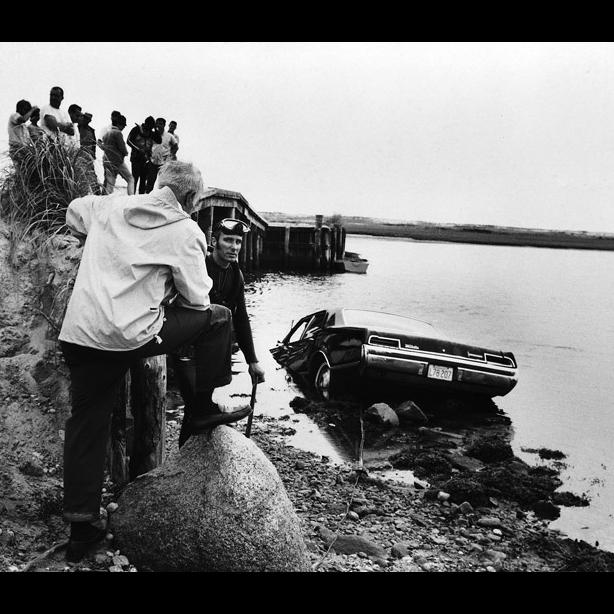The Chappaquiddick Island Incident remains one of the most infamous events in American political history. It involves a tragic car accident that occurred on July 18, 1969, leading to the death of Mary Jo Kopechne. This incident has sparked debates, investigations, and numerous questions about accountability and transparency.
This event not only affected the life of Senator Ted Kennedy but also left a lasting impact on American politics. The tragedy unfolded on a quiet island off Martha's Vineyard, where a series of unfortunate events led to a national scandal. As we delve into the details, it becomes evident why this incident still holds relevance today.
Understanding the Chappaquiddick Island Incident requires examining its context, the individuals involved, and the aftermath. This article aims to provide a comprehensive overview, ensuring readers gain a deeper insight into the complexities surrounding this historical event.
Read also:Matt Bomer Bio A Comprehensive Look At The Life And Career Of The Renowned Actor
Table of Contents
- Biography of Key Individuals
- Overview of the Incident
- Timeline of Events
- Investigation and Legal Proceedings
- Consequences for Ted Kennedy
- Public Reaction and Media Coverage
- Long-Term Impact on Politics
- Lessons Learned from the Incident
- Separating Myths from Facts
- Conclusion and Reflection
Biography of Key Individuals
Who Was Mary Jo Kopechne?
Mary Jo Kopechne was a political aide who tragically lost her life during the Chappaquiddick Island Incident. Below is a brief overview of her background:
| Full Name | Mary Jo Kopechne |
|---|---|
| Date of Birth | February 16, 1940 |
| Occupation | Political Aide |
| Role | Member of Robert F. Kennedy's Presidential Campaign |
Ted Kennedy's Background
Edward Moore "Ted" Kennedy was a prominent American politician and member of the Kennedy family. Known as the "Lion of the Senate," he played a crucial role in shaping U.S. policies. However, the Chappaquiddick Island Incident became a defining moment in his career.
Overview of the Incident
The Chappaquiddick Island Incident unfolded on the night of July 18, 1969. Senator Ted Kennedy attended a party on Chappaquiddick Island, off the coast of Martha's Vineyard. Following the event, he drove with Mary Jo Kopechne and met with a tragic car accident.
Key aspects of the incident include:
- Senator Kennedy's decision to drive with Mary Jo Kopechne
- The car veering off Dike Bridge and plunging into the water
- Kennedy's delayed report of the accident
Timeline of Events
A detailed timeline helps clarify the sequence of events leading to and following the accident:
- July 18, 1969: A party is held on Chappaquiddick Island.
- Approximately 11:15 PM: Kennedy and Kopechne leave the party.
- Midnight: The car crashes into the water near Dike Bridge.
- July 19, 1969: The accident is reported, and rescue efforts begin.
Investigation and Legal Proceedings
Initial Investigation
The investigation into the Chappaquiddick Island Incident revealed critical details about the accident:
Read also:Jeannie Mai And Jeezy Wedding A Love Story Unveiled
- The car's condition indicated high speed before the crash.
- Witness testimonies supported Kennedy's account of the events.
Legal Outcomes
Kennedy faced legal consequences for his actions, including:
- A two-month suspended jail sentence for leaving the scene of an accident.
- Revocation of his driver's license for one year.
Consequences for Ted Kennedy
The Chappaquiddick Island Incident significantly impacted Ted Kennedy's political career:
- It damaged his reputation as a potential presidential candidate.
- He faced public criticism and scrutiny for his delayed response.
Despite these challenges, Kennedy remained a key figure in American politics.
Public Reaction and Media Coverage
The public and media reacted strongly to the incident:
- Media coverage was extensive, with outlets focusing on the Kennedy family's involvement.
- Public opinion varied, with some sympathizing with Kennedy while others criticized him.
According to a Gallup poll, public trust in political figures declined following the event.
Long-Term Impact on Politics
The Chappaquiddick Island Incident had lasting effects on American politics:
- It highlighted the importance of transparency in political leadership.
- Public expectations for accountability increased significantly.
These changes influenced how politicians communicate and address crises.
Lessons Learned from the Incident
Several lessons emerge from the Chappaquiddick Island Incident:
- Leaders must prioritize transparency and honesty in challenging situations.
- Public trust is fragile and requires consistent effort to maintain.
These lessons remain relevant in contemporary political discourse.
Separating Myths from Facts
Over the years, several myths have surfaced about the Chappaquiddick Island Incident:
- Myth: Kennedy intentionally caused the accident.
- Fact: Evidence suggests it was an accidental crash.
Understanding the facts is essential for a balanced perspective.
Conclusion and Reflection
The Chappaquiddick Island Incident remains a pivotal moment in American history. It underscored the importance of accountability, transparency, and public trust in leadership. While Ted Kennedy faced significant challenges following the event, he continued to contribute meaningfully to American politics.
We invite readers to share their thoughts and reflections in the comments below. Additionally, explore other articles on our site for further insights into historical events.


